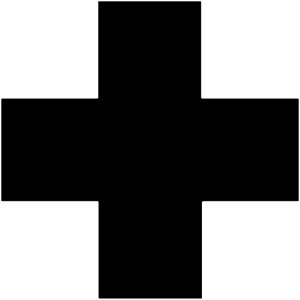Preparing Your First Aid Kit
 Even if your medical supplies are at a bare minimum – that is, assuming that you don’t have a home clinic – there are a number of things you need in your first aid kit so that you are prepared for anything that may occur during a disastrous event and in the aftermath. Should someone be in need of medical attention, it is important to remain calm. Below is a list of items with which you should equip your First Aid Kit. Some of these items require training so you know how to use them properly and to their fullest potential.
Even if your medical supplies are at a bare minimum – that is, assuming that you don’t have a home clinic – there are a number of things you need in your first aid kit so that you are prepared for anything that may occur during a disastrous event and in the aftermath. Should someone be in need of medical attention, it is important to remain calm. Below is a list of items with which you should equip your First Aid Kit. Some of these items require training so you know how to use them properly and to their fullest potential.
Starred (*) items are recommended for use only after you have researched or received the proper training.
While basic First Aid Kits are available for personal use, when outfitting your bunker or safe room, we recommend you go beyond the basics.
Recommended First Aid Kit Items
- Non-perishable foods and properly-stored water
- Cold Packs and Heating Pads
- Safety Pins (to make slings)
- Saline Solution
- Eye Cups
- Sterile Eye Pads
- Calamine Lotion
- Burn Gel
- Aloe Vera Gel
- Bandages
- Gauze
- Tourniquets* ** (for hemorrhage control)
- Hemostatic Agent** (for hemorrhage control)
- Resuscitation Masks/Bags*
- Wound Dressing
- Various Moldable Splints
- Bandage Shears
- Antibiotic Ointment
- Painkillers (Ibuprofen, Acetaminophen, Naproxen, and Aspirin)
- Antacids
- Medical Tape
- Alcohol Pads
- PVP Iodine Wipes
- Activated Charcoal*
- Antihistamines (Diphenhydramine, Fexofenadine Hcl, Loratadine)
- Respirator Mask
Of all the materials listed here, if you are unsure how to use them, make sure you and your family understand their applications before disaster strikes.
**Hemostatic agents, or antihemorrhagic agents, are useful to coagulate the blood and prevent the victim from bleeding out. Experts recommend tourniquets only as a last resort, and only if you are familiar and confident with proper application.
Make sure any perishable materials are kept up-to-date. Check the shelf life and expiration dates of any medicines you store in your safe room or bunker.





